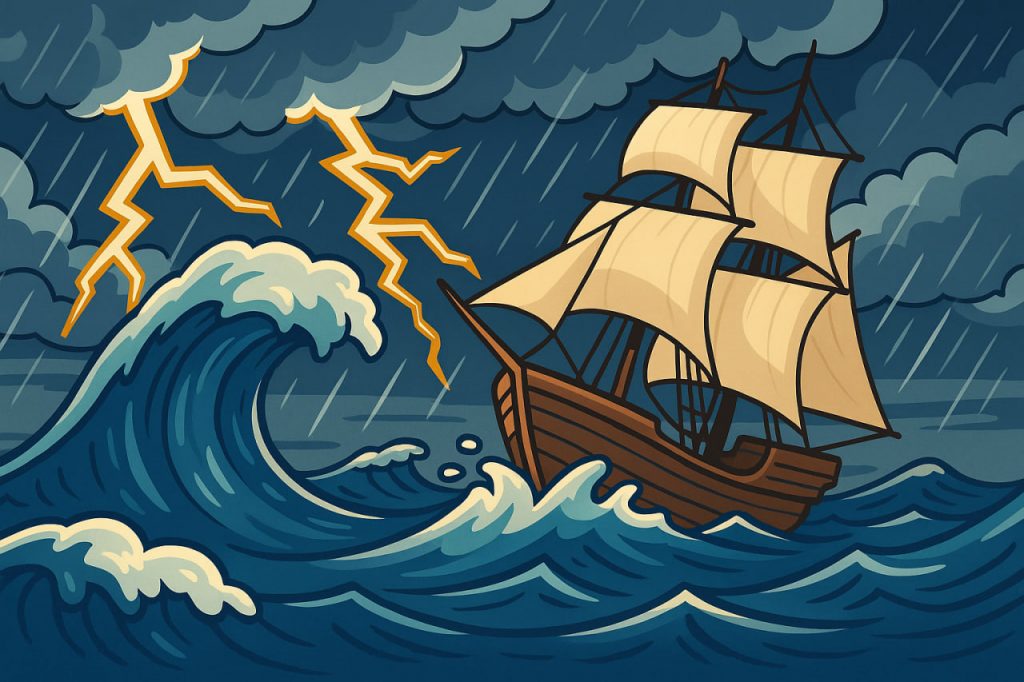Sea storms are among the most dramatic and dangerous natural events on Earth. They can appear suddenly, with strong winds, high waves, and heavy rain, creating serious risks for ships, coastal areas, and marine life. Understanding how sea storms form and behave is essential for safety and for predicting weather patterns.
What Are Sea Storms?
A sea storm is a large-scale atmospheric disturbance that affects the surface of the ocean. It may involve cyclonic systems, thunderstorms, or tropical storms. These storms generate strong winds that blow across the ocean, creating waves that can reach heights of over 10 meters.
How Do They Form?
Sea storms typically form when warm, moist air over the ocean rises and meets cooler air above. This creates low pressure systems that begin to rotate due to the Coriolis effect caused by Earth’s rotation. The greater the temperature contrast and moisture, the stronger the storm becomes.
Types of Sea Storms
There are several types of storms that affect the ocean:
- Tropical storms and hurricanes – Form in warm tropical waters and can cause massive waves and flooding.
- Extratropical storms – Develop outside the tropics, often involving cold and warm air masses.
- Thunderstorms at sea – Localized storms that may occur suddenly, affecting visibility and navigation.
- Storm surges – Coastal flooding caused by wind-driven water pushed onshore during a storm.
Dangers to Humans and Nature
Sea storms pose risks to sailors, fishermen, and coastal communities. Ships can be capsized or damaged. Storms also cause coastal erosion, marine habitat destruction, and can even shift shipping routes. Underwater life is disturbed by turbulent waters, temperature changes, and reduced oxygen.
Predicting and Preparing
Modern weather models, satellite imagery, and buoy data help meteorologists predict sea storms and issue warnings. Ships are equipped with radar and communication systems to track storms in real time. Coastal regions often rely on early warning systems and evacuation plans to reduce danger.
Climate Change and Storm Intensity
Scientists warn that climate change may increase the frequency and intensity of sea storms. Warmer oceans provide more energy for storms to grow, leading to stronger winds, higher rainfall, and more destructive storm surges in the future.
Glossary
- Sea storm – a severe weather system occurring over the ocean.
- Cyclonic system – a large air mass rotating around a low-pressure center.
- Coriolis effect – the apparent deflection of moving air due to Earth’s rotation.
- Storm surge – a rise in sea level caused by storm winds pushing water toward the shore.
- Coastal erosion – the gradual loss of land due to wave action and storms.
- Satellite imagery – pictures of Earth taken from space to monitor weather and climate.
- Buoy data – information collected from floating devices measuring ocean conditions.
- Climate change – long-term changes in Earth’s climate, often linked to human activity.


